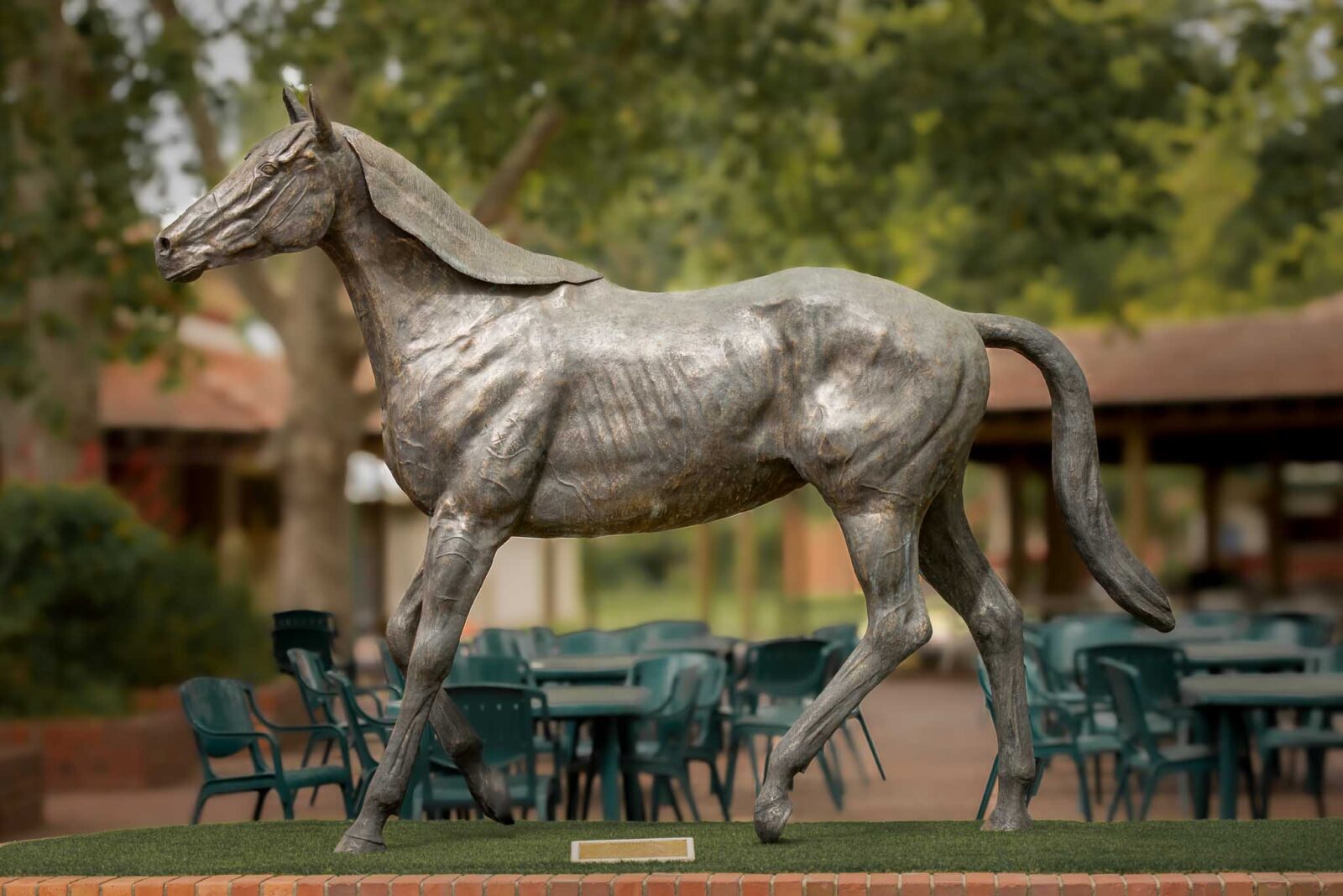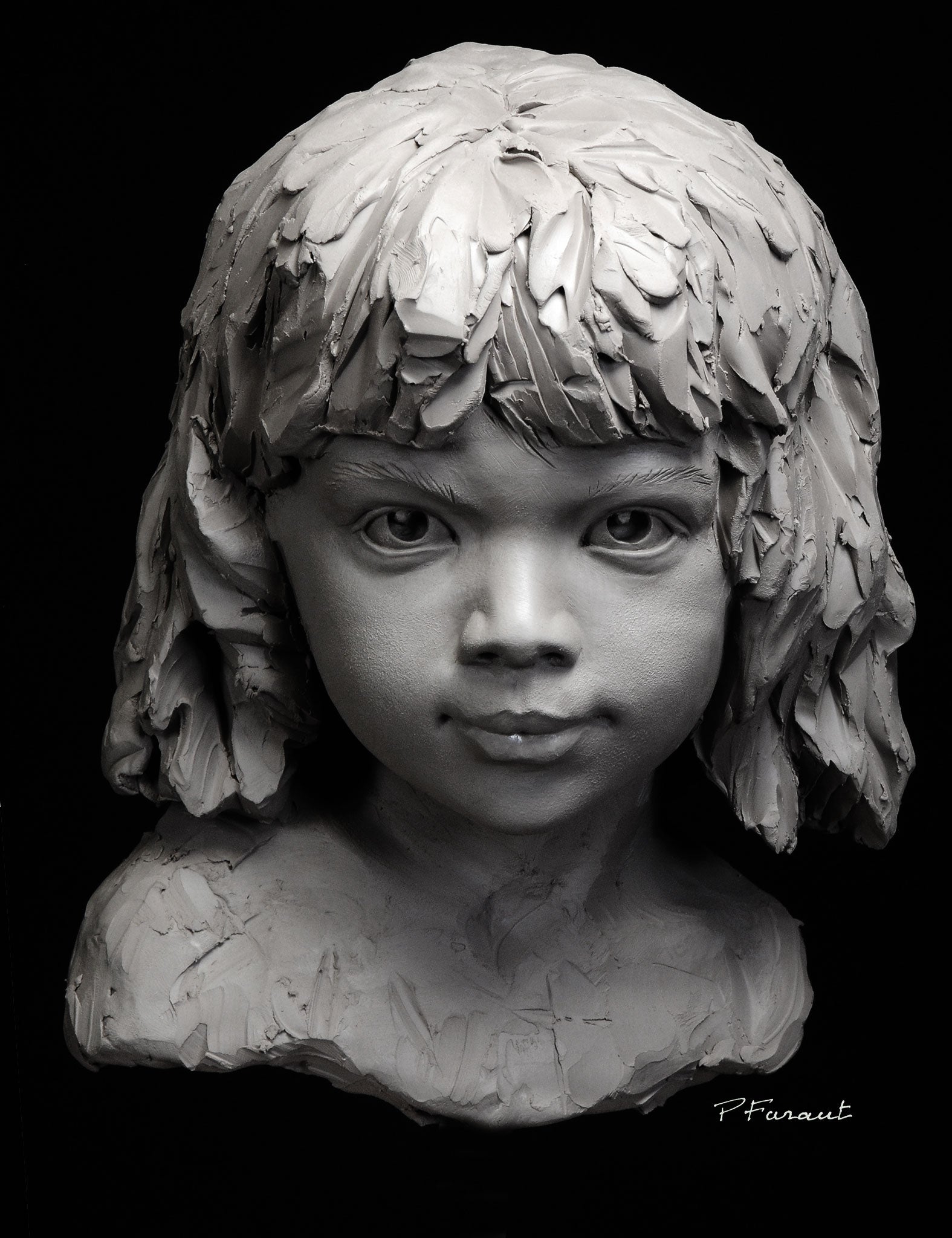Beyond Boundaries: Contemporary Sculptures Redefining Perspectives
Wiki Article
The Evolution of Sculptures: From Old to Modern
The Evolution of Sculptures: From Ancient to Modern.Sculpture, among the oldest types of art, has actually been an integral component of human people for millennia (Bronze Sculptures). From the old worlds of Egypt and Greece to the contemporary era, sculptures have developed, showing modifications in creative techniques, products, and cultural impacts. This journey via time traces the growth of sculptures, checking out the shifts in vogue, subject issue, and imaginative expression
Beginning with the ancient globe, sculptures crafted from stone and later bronze captured the significance of divine beings, rulers, and daily life. The Renaissance period witnessed a revival of timeless sculpting methods, as artists sought to mimic the graceful kinds of old Greek and Roman sculptures. In the contemporary period, musicians challenged typical limits, welcoming abstraction and trial and error with new materials.

This exploration will delve into the diverse advancement of sculptures, revealing the rich tapestry of imaginative expression across various durations and cultures.
Old Sculptures: From Stone to Bronze
Ancient sculptures transitioned from being sculpted out of rock to being cast in bronze. Stone sculptures, while outstanding in their own right, were limited by the nature of the material.The introduction of bronze as a medium for sculptures brought around a revolution in imaginative expression. Bronze used carvers the chance to produce realistic and complex forms that were not feasible with rock. The procedure of casting bronze enabled for the creation of numerous copies of a sculpture, enabling broader circulation and conservation of these creative masterpieces.
The transition from rock to bronze also saw a change in the topic of sculptures. While rock sculptures mostly illustrated gods, goddesses, and mythical numbers, bronze sculptures started to mirror a broader variety of topics, consisting of day-to-day individuals and pets. This growth of subject matter showcased the convenience and flexibility of the bronze tool.
Renaissance Rebirth: Shaping in the Timeless Style
The Renaissance revival of sculpture saw a rebirth in the classical style, building upon the innovations made during the transition from stone to bronze in ancient sculptures. During this period, musicians sought to recreate the timeless aesthetic and perfects of elegance that were widespread in ancient Greek and Roman sculptures.Among the vital attributes of the Renaissance resurgence was the emphasis on naturalism and the human type. Sculptors like Donatello and Michelangelo strove to capture the anatomical details and expressions of their subjects with unmatched accuracy. They examined the body and incorporated their monitorings into their sculptures, causing realistic and natural depictions.
An additional vital facet of the Renaissance resurgence was the expedition of perspective and deepness. Musicians made use of strategies such as contrapposto, where the weight of the body is moved away, producing a sense of movement and dynamism. They also explore various materials, including marble and bronze, to accomplish a level of refinement and intricacy in their sculptures.
The classic style of the Renaissance rebirth had a profound impact on later periods of art, offering as a structure for the advancement of Western sculpture. It brought a renewed recognition for the appeal and grandeur of the human form, and its tradition can still be seen in contemporary sculptures today.
Modernism and the Avant-Garde: Damaging Typical Borders

Among the vital qualities of modernist sculpture was the emphasis on abstraction. Artists relocated away from reasonable depictions and rather concentrated on capturing the significance of the subject via streamlined kinds and geometric forms. This departure from typical depiction allowed musicians to reveal their emotions and ideas in an extra individual and subjective fashion.
Additionally, the progressive motion challenged societal norms and conventions, urging artists to experiment and push the borders of their art - Equine Sculptures. Sculptors started integrating unique products such as found objects, industrial products, and even natural elements right into their job. This expedition of brand-new products and strategies not just expanded the opportunities for sculpture yet likewise challenged the typical notions of what might be considered art
Contemporary Sculptures: Discovering New Materials and Concepts
With a focus on discovering brand-new materials and concepts, contemporary sculptures have actually transformed the field of art. Artists today are pushing the boundaries of typical sculpture by making use of ingenious materials and exploring with abstract principles. These sculptures test conventional concepts of definition, materiality, and type, inviting customers to take part in a provocative and new artistic experience.Contemporary carvers are welcoming a wide range of products, including plastic, glass, steel, and even raw material. Bronze Sculptures. They are not restricted to the typical medium of rock or clay, enabling higher civil liberty and testing. This shift in the direction of unconventional materials has opened up brand-new opportunities for artists to develop sculptures that are vibrant, interactive, and aesthetically striking
In addition to discovering brand-new materials, contemporary sculptures likewise dig right into complicated and abstract concepts. Artists are now checking out styles such as identity, social problems, and the atmosphere, utilizing sculpture as an effective tool for social commentary and introspection. These sculptures test visitors to assume seriously and engage with art on a much deeper level, stimulating discussions and prompting psychological reactions.
International Influences: Sculptural Traditions From Around the World

In ancient Egypt, sculptures were developed largely for funerary and spiritual functions. The iconic sculptures of pharaohs and gods, such as the Great Sphinx and the breast of Queen Nefertiti, showcase the Egyptians' proficiency of rock sculpting and their look these up idea in the immortality.
In old Greece, sculpture reached its top throughout the classical period. Influenced by the perfects of percentage, appeal, and harmony, Greek sculptures emphasized the human kind and celebrated the achievements of professional athletes, heroes, and gods. The famous sculptures of Aphrodite of Knidos and the Discobolus exemplify the Greeks' quest of perfection in sculptural art.
In old Rome, sculpture served both imaginative and political objectives. Bronze Sculptures. Roman sculptures often portrayed emperors, generals, and mythical numbers, reflecting the power and grandeur of the empire. The marble sculpture of Augustus of Prima Porta and the significant Arch of Constantine are notable examples of Roman sculptural accomplishments
Oriental sculptural traditions, especially in India, China, and Japan, have likewise had a profound effect on the advancement of sculptures. Japanese sculptures, affected by Buddhism, emphasize simplicity and tranquility, seen in the calm statues of Buddha and the elegant art of bonsai.
The worldwide impacts on sculpture continue to develop in the contemporary era. As we look to the future, it is particular that the international impacts on sculpture will proceed to form and redefine this old art form.
Verdict
In conclusion, the development of sculptures has seen a change from old rock and bronze works to the timeless resurgence throughout the Renaissance. Today, contemporary sculptures check out brand-new materials and ideas, while also attracting inspiration from global sculptural practices - Bronze Sculptures.From the ancient worlds of Egypt and Greece to the modern-day era, sculptures have actually evolved, showing modifications in creative techniques, materials, and cultural impacts.Starting with the old world, sculptures crafted from stone and later on bronze captured the significance of divine beings, leaders, and day-to-day life.Ancient sculptures transitioned from being carved out of rock to being cast in bronze. While rock sculptures predominantly illustrated gods, sirens, and mythological numbers, bronze sculptures began to show a more comprehensive array of subjects, consisting of day-to-day people and animals.In final thought, the evolution of sculptures has seen a change from old stone and bronze works to the classical rebirth during the Renaissance.
Report this wiki page